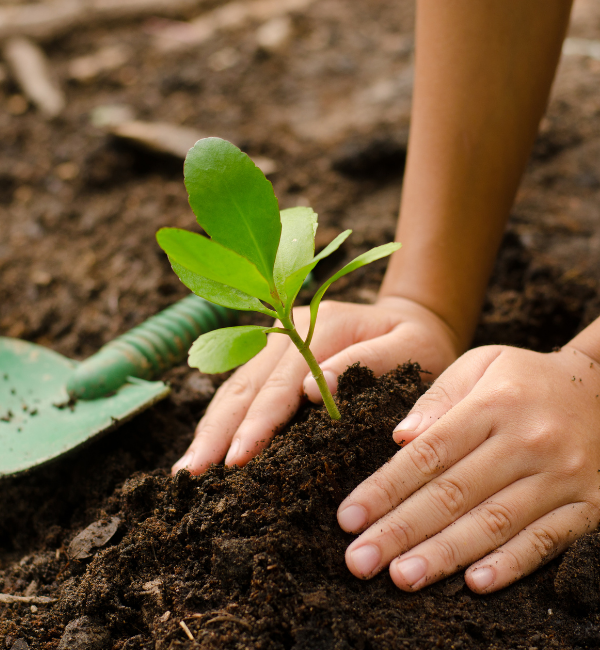Balloon Greenhouse


This is a fun, simple activity to help students understand how plants grow in a greenhouse.
What You Need
- Clear balloon
- Radish seeds
- Funnel
- ½ cup of soil
- ¼ cup of water
- String
Guide:
What To Do
- Ask the students: “Have you ever seen plants grow in an enclosed space? What is that space called?” Have a discussion about what a greenhouse is and why this is an effective way to grow plants. Use the attached greenhouse diagram to help with your explanation.
- Students will then begin to create their own greenhouse.
- Place the funnel into the neck of the clear balloon.
- Slowly pour the dirt into the balloon, using the funnel.
- Using the funnel, slowly pour in the water to moisten the dirt in the balloon.
- Drop a few radish seeds into the moist dirt.
- Carefully remove the funnel from the neck of the balloon and blow into the balloon to inflate it.
- Be careful to not inflate the balloon to its maximum size, as this may cause it to pop.
- Knot the inflated balloon and tie a piece of string around the knot.
- Hang the balloons in an optimal location in the classroom- one that receives enough sunlight but not directly in the heat of the sun.
- Make 2 extra greenhouses and place one in a corner of the classroom that receives no sunlight and the other in an area that receives direct sunlight for the majority of the day. These 2 greenhouses will be used to make comparisons.
- Have students write down their predictions on how the seeds will grow in the three different greenhouse locations. What is different about each greenhouse? Which location will allow for optimal plant growth? Why?
- Have students make daily observations about the seeds growth. What is happening? Are the radishes growing? If yes, in which greenhouse are they growing best?
Discovery
The balloon is acting like a greenhouse. It will protect the radishes as they grow. The balloon will help keep the temperature of the air warm and the humidity in the tied balloon will create water to feed her radishes as they grow! This is very similar to a terrarium.
With more heat trapped on Earth, the planet will become warmer, which means the weather all over Earth will change. For example, summers will get hotter, and winters too. This may seem a good idea, but the conditions we are living in are perfect for life, and a large rise in temperature could be terrible for us and for any other living thing on Earth.
Plants & Animals
It has taken million of years for life to become used to the conditions on Earth. As weather and temperature changes, the homes of plants and animals will be affected all over the world. For example, polar bears and seals will have to find new land for hunting and living, if the ice in the Arctic melts. Many animals and plants may not be able to cope with these changes and could die. This could cause the loss of some animal and plant species in certain areas of the world or everywhere on Earth.
People
The changes in climate will affect everyone, but some populations will be at greater risk. For example, countries whose coastal regions have a large population, such as Egypt and China, may see whole populations move inland to avoid flood risk areas. The effect on people will depend on how well we can adapt to the changes and how much we can do to reduce climate change in the world.
What's Happening?
The balloon is acting like a greenhouse. It will protect the radishes as they grow. The balloon will help keep the temperature of the air warm and the humidity in the tied balloon will create water to feed her radishes as they grow! This is very similar to a terrarium.
Why Does it Matter?
With more heat trapped on Earth, the planet will become warmer, which means the weather all over Earth will change. For example, summers will get hotter, and winters too. This may seem a good idea, but the conditions we are living in are perfect for life, and a large rise in temperature could be terrible for us and for any other living thing on Earth.
Plants & Animals
It has taken million of years for life to become used to the conditions on Earth. As weather and temperature changes, the homes of plants and animals will be affected all over the world. For example, polar bears and seals will have to find new land for hunting and living, if the ice in the Arctic melts. Many animals and plants may not be able to cope with these changes and could die. This could cause the loss of some animal and plant species in certain areas of the world or everywhere on Earth.
People
The changes in climate will affect everyone, but some populations will be at greater risk. For example, countries whose coastal regions have a large population, such as Egypt and China, may see whole populations move inland to avoid flood risk areas. The effect on people will depend on how well we can adapt to the changes and how much we can do to reduce climate change in the world.
